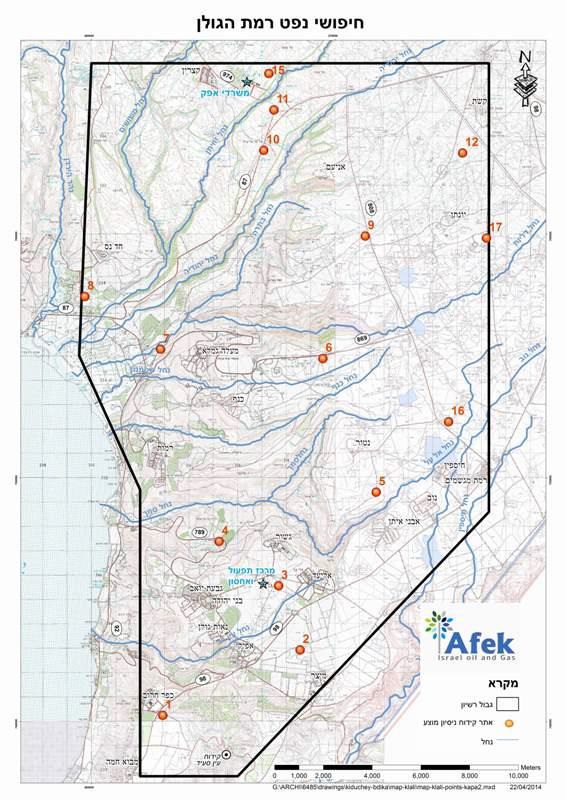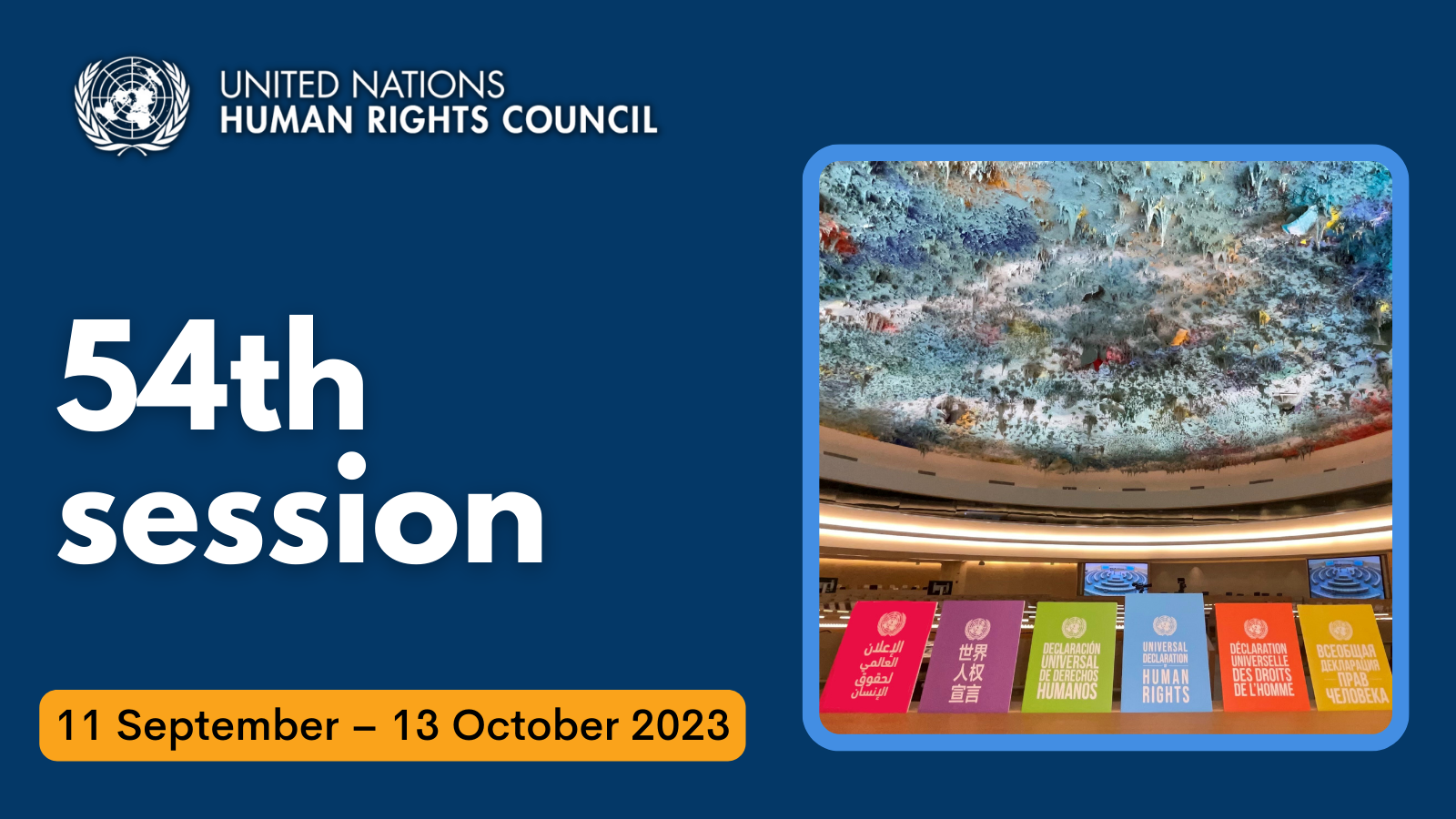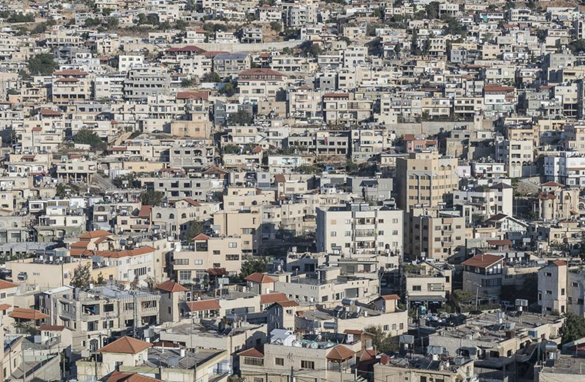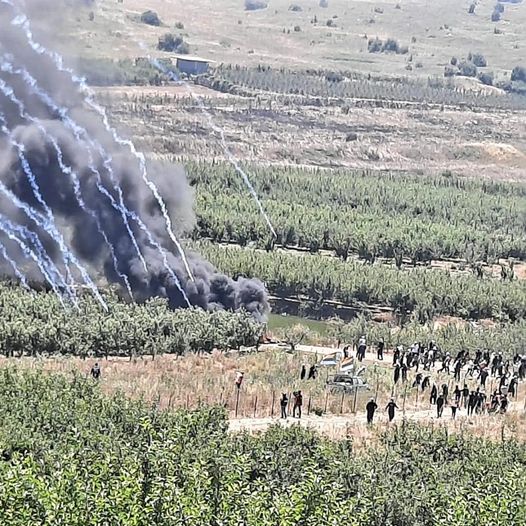
Publication of a new map of Syrian villages and farms destroyed by Israel
Al-Marsad has published a new map (available here) of Syrian villages and farms destroyed by the Israeli occupation forces during the 1967 Arab-Israeli War and the subsequent occupation of the Syrian Golan; and the Israeli settlements that were built on their ruins.
The map is a product of extensive comparative research of existing sources that reveals the full extent of the tragedy of the forcible transfer and displacement of the native Syrian population in the Golan by the Israeli occupation forces, and the destruction of their homes and communities to reshape the landscape.
This new map demonstrates that previous research simply does not reflect the reality of the Israeli occupation of the Golan. Previous research suggested that between 240 and 260 villages and farms in the Golan were destroyed by the Israeli occupation forces. Instead, after an in-depth comparison of various research sources (Syrian, Israeli, international), Al-Marsad’s new research indicates that the actual number of destroyed villages and farms is much higher: 340 villages and farms.
There are various reasons to explain why the actual number of destroyed villages and farms is higher than that previously understood.
The new research discovered that some destroyed villages and farms that had the same or similar names, but were in different locations, had not been considered in previous research.
Another significant discrepancy is that previous research did not include many of the farms destroyed. It is possible that this is the outcome of a belief that farms only contained one or two families and therefore it was not worth recording their destruction. However, in reality the population of some of these farms was several hundred people and therefore it is necessary to include them in any determination of residential areas destroyed by the Israeli occupation forces.
This issue was further aggravated by the absence of many farms on certain maps from the time, which meant that whilst a farm may have been destroyed on the ground, researchers would not necessarily have been aware of its prior existence depending on the maps available to them.
Another issue to be noted is that maps of the Golan issued by the Israeli occupying authorities intentionally ignore the demilitarised zones located along the 1949 Armistice line between Israel and Syria, stating that these areas are part of Israel – a contradiction of the situation according to international law. Therefore, destroyed villages and farms in these areas have not been included in previous research done using these maps.
This is part of the overall objective of the Israeli occupying authorities to give a false representation of the reality of the occupation of the Golan: whether it be the physical area of the Golan occupied by Israel, or the number of villages or farms destroyed in the Golan following the occupation.
There are three demilitarised zones:
The first is an area of 4 km2 located adjacent to the far north-eastern border of Israel, close to Banias. The Israeli settlement of “Snir” was built over part of this area.
The second demilitarised zone is halfway down the Golan. It is a large triangle located south of Lake Hula that narrows in the south, following the Jordan River until it flows into the Sea of Galilee. The size of this zone is 34 km2.
The third demilitarized zone is located southeast of the Sea of Galilee. It starts at Hamat Gader (built over the destroyed village of Al-Hemah) and runs west following the alignment of the Yarmouk River, connecting to the Sea of Galilee in Ma’agan (built over the destroyed village of Samakh, before following the coast of the Sea of Galilee in a northern direction. The size of this area is 32 km2.
The total area of the three zones is approximately 70 km2. Contrary to the position according to international law, Israel considers these zones as part of the state of Israel.
The June 4, 1967 line has not been established in any treaty or agreement between Israel and Syria. This line is an outcome of Israel’s attacks on the demilitarized zones described above between 1951 and 1956. This line remained as a de-facto boundary between Israel and Syria from the time of the Suez war in 1956 until the Arab-Israeli war in 1967.
The 1949 Armistice line was established in the armistice agreement between Israel and Syria. It makes Syria a riparian state of the Jordan River and the Sea of Galilee. Accordingly the Jordan River and the Sea of Galilee have international status and Syria has rights to their water resources.
The international community has repeatedly demanded that Israel, as the occupying power, withdraw to behind the line of June 4, 1967 in accordance with Security Council Resolution 242 issued on November 22, 1967.
Israeli sources indicate that the area of the Occupied Syrian Golan is 1,159 km2, and is distributed in in the following administrative terms:
– Regional “Golan” Council comprising of 33 Israeli settlements, that covers 1,090,220 dunums (1090 km2) of land;
– Municipality of Katzrin, the largest Israeli settlement in the Golan, that covers 9380 dunums (9 km2) of land;
– Syrian villages (Majdal Shams, Buqata, Masada, Ein Qynia, Ghajar) that cover 56,040 dunums (56 km2) of land.
However, in addition to the areas above, the Occupied Syrian Golan comprises of:
– Part of the demilitarized zone, located east of the Jordan River, that stretches from the mouth of the Jordan River on the northern side of the Sea of Galilee towards the north. This also includes the area close to Banias, (where the settlement of “Snir” is located). The total area is approx. 20 km2. This was was annexed after the occupation to the regional Council “Jalil Alioune – Upper Galilee”.
– The area that was occupied by Israel in 1967 and later returned to Syria in 1974: the town of Quneitra and surrounding area, and the area located further south near the town of Rafid / Al-Rafeed. The total area is 50 km2.
Documented figures demonstrate that the actual area of the Syrian Golan / Golan Heights occupied by Israel in 1967, amounts to approximately 1,230 km2.
This new map, after extensive research, fills in the gaps left by previous research. The map is available below:
Map of destroyed Syrian villages and farms
Releated Posts





